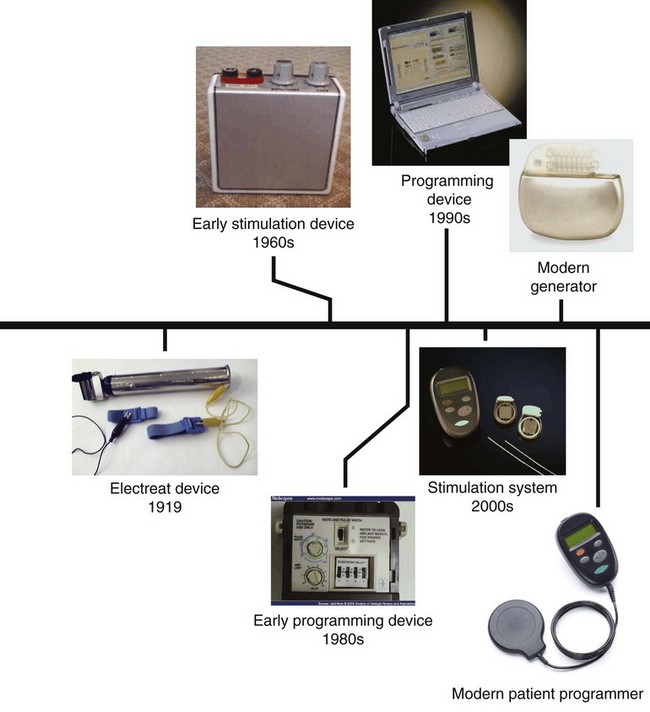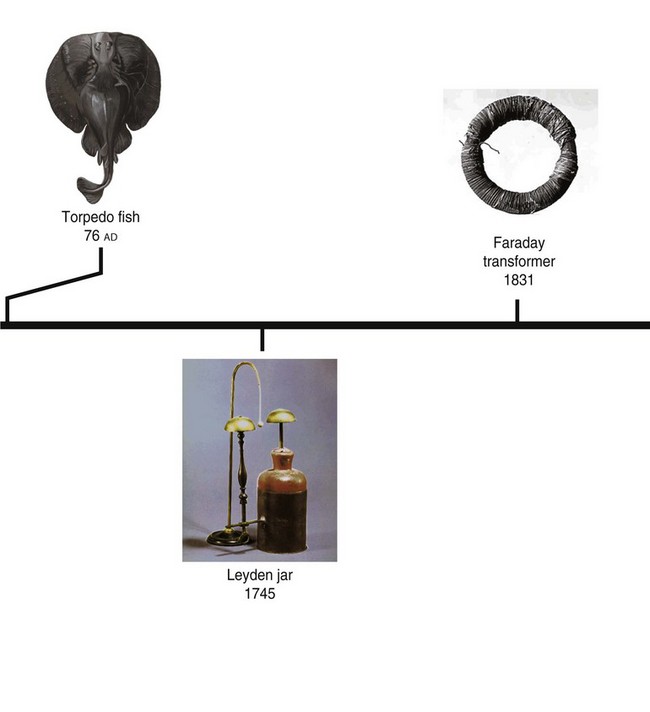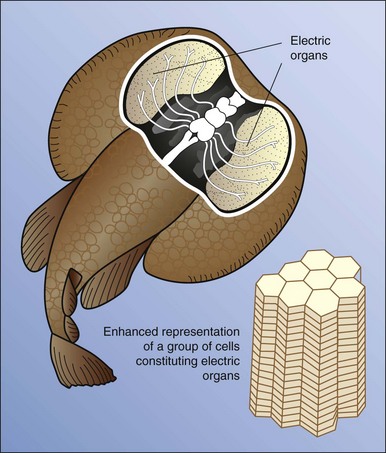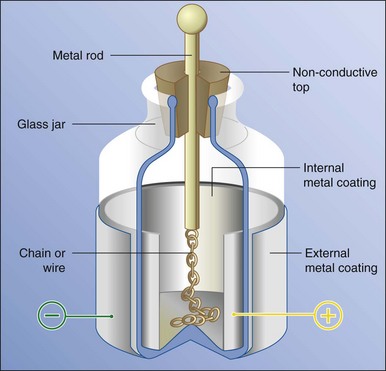Chapter 1 History of Neurostimulation
 The Melzack-Wall gate control theory was a defining event in the use of neurostimulation in modern medicine.
The Melzack-Wall gate control theory was a defining event in the use of neurostimulation in modern medicine. Medtronic received Food and Drug Administration approval in the late 1960s to distribute devices for the treatment of pain.
Medtronic received Food and Drug Administration approval in the late 1960s to distribute devices for the treatment of pain.Early Discoveries
The first documented use of neurostimulation for pain relief occurred in Greece around 63 ad. It was reported by Scribonius Largus that pain from gout was largely relieved by standing on a torpedo fish (Fig. 1-1), and recommended this treatment for pain in general. He said,
“For any type of gout, a live black torpedo should, when the pain begins, be placed under the feet. The patient must stand on a moist shore washed by the sea, and he should stay like this until the whole foot and leg up to the knee is numb. This takes away present pain and prevents pain from coming on if it has not already arisen. In this way Ateros, a freedman of Tiberius, was cured.”1
In 1771 Luigi Galvani, an Italian physician and physicist, discovered that the leg muscles of a frog twitched when electricity was applied, thereby effectively debuting the study of bioelectricity.2 Gilbert, a famous 17th century scientist, described the relationship of electromagnetism to pain symptom management on his discovery that a piece of magnetic iron ore could be used in the treatment of headaches, mental disorders, and marital infidelity.3
In the years following Gilbert’s work, a method of harnessing electrical current was invented that would allow for the development of modern therapies. This device was called the Leyden jar (Fig. 1-2). This device was constructed by placing water in a metal container and placing brass wire through a cork top into the water. In 1746, using a Leyden jar, Jean Jallabert discovered the ability to use electricity to stimulate muscle fibers. Jallabert treated a paralyzed limb by causing involuntary contractions leading to regeneration of muscle and increased blood flow.4 This success led many others in the field to pursue similar methods of treatment.
< div class='tao-gold-member'>
Stay updated, free articles. Join our Telegram channel

Full access? Get Clinical Tree















